What is the real reason
behind these disorders?
The causes mainly depends on
the age of the person , the most common causes in children are hypoxia, birth
injury, infections of brain, some
genetic disorders and structural abnormalities of brain
When it comes to adults the
main causes varies slightly they are head trauma, alcohol withdrawal,
infections of brain, liver failure, brain tumours etc.

What we should do if a person
seizing in front of us?
Grab a key chin and place it
in his hand…..ooh…! No that’s a crap. The most common mistake everyone do
around us
Let’s discuss about what to
do what not to do
1. Move the person to a safe
place far from sharp objects, prevent tongue biting
2. Make him to lie on his side,
loosen the cloths around his neck
3. Seek medical help
4. Don’t try to stop his
movements

Are they similar in everyone?
No, there are many types of
seizures, in a simple way we can classify them as 1. Simple - where person we
be conscious and 2.complex – where person loses his conscious

Let’s move a step further; what
a person suffering from such a disorder should do?
4. Don’t try to stop his
movements
No needs to panic, most of
the causes are well manageable; consult a doctor, preferably a neurologist,
take the given medication properly, here it is very crucial because most of the
patients fail to do so
If there is an episode of
seizure with abnormal EEG (electro encephalogram), the goal of drug therapy is
to prevent further attacks, usually it will be continued until there have been
no seizure for at least 3 years
Precautions for epileptics
1. Work near open fire or
dangerous machinery should be avoided
2. Vehicle driving and
swimming should be discouraged
3. Avoid alcohol, smoking and
other pleasurable drugs
Until at least 6 months
seizure free period has been achieved with treatment, later on these activities
may be allowed in the company of someone
THE END….00PS… of course not,
there is a lot more to discuss
Let’s discuss about 1.myoclonic
jerks and 2.Absent seizures (BLACK OUTS) in the comments below
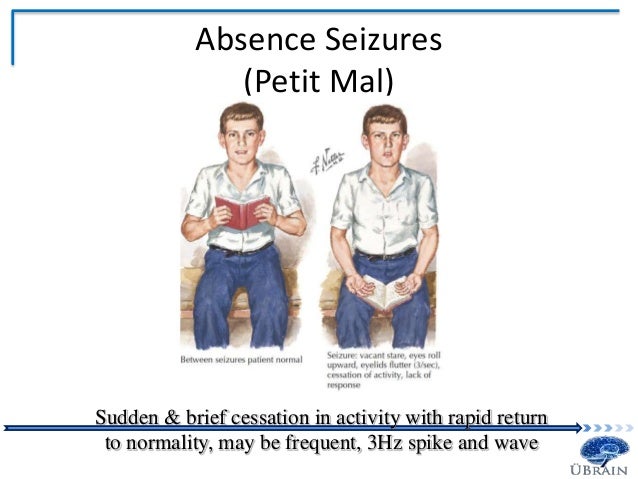

 http://go.ad2upapp.com/afu.php?id=916480
http://go.ad2upapp.com/afu.php?id=916480









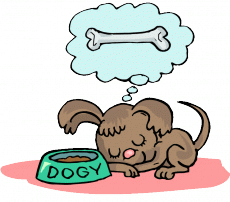




 Onions produce the volatile chemical irritant known as syn-propanethial-S-oxide. It stimulates the eyes' lachrymal glands so they release tears. Scientists used to blame the enzyme allinase for the instability of substances in a cut onion.
Onions produce the volatile chemical irritant known as syn-propanethial-S-oxide. It stimulates the eyes' lachrymal glands so they release tears. Scientists used to blame the enzyme allinase for the instability of substances in a cut onion.
 daily intake of 35 grams of raw onion along with our food is recommended as it can prevent many entero-gastric diseases,there are as many benifits that we cant count them on fingers
daily intake of 35 grams of raw onion along with our food is recommended as it can prevent many entero-gastric diseases,there are as many benifits that we cant count them on fingers

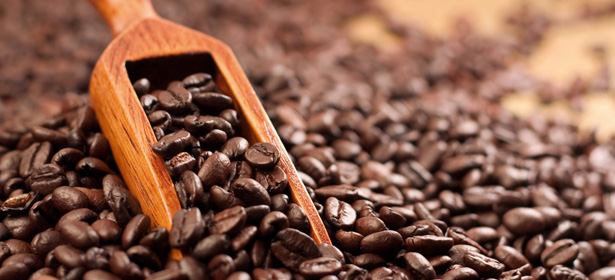 Do you know the most common sources of caffeine? Well, maybe two of the sources aren't too hard to name -- coffee and tea leaves. But did you know kola nuts and cocoa beans are also included among the most common caffeine sources? And do you know how much caffeine content can vary from food to food? Turns out it's quite a lot actually, depending on the type and serving size of a food or beverage and how it's prepared.
Do you know the most common sources of caffeine? Well, maybe two of the sources aren't too hard to name -- coffee and tea leaves. But did you know kola nuts and cocoa beans are also included among the most common caffeine sources? And do you know how much caffeine content can vary from food to food? Turns out it's quite a lot actually, depending on the type and serving size of a food or beverage and how it's prepared.
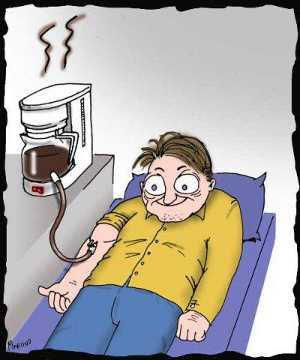

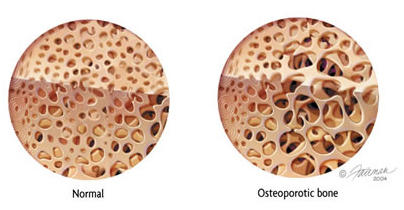 calcium
calcium If you already have
If you already have